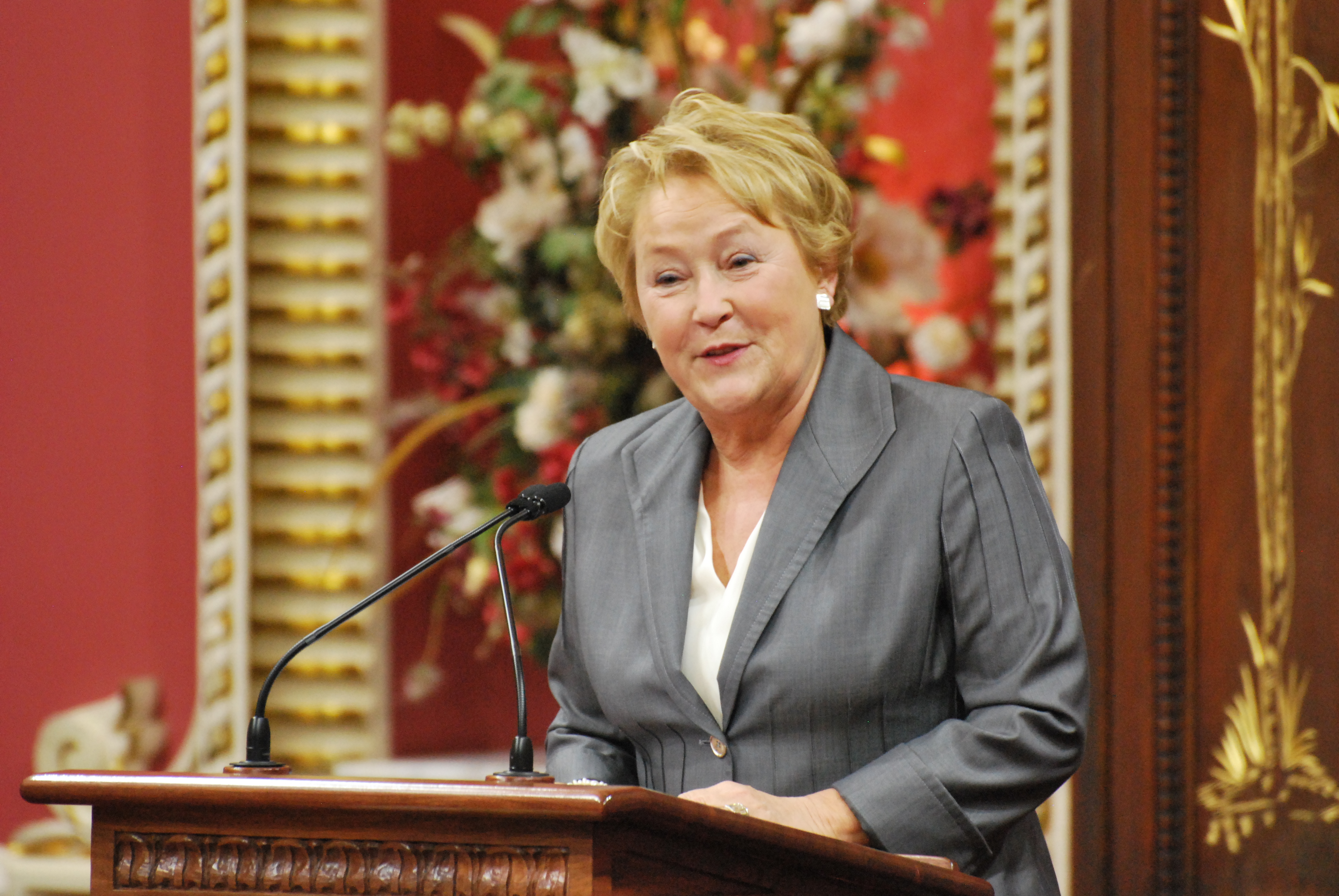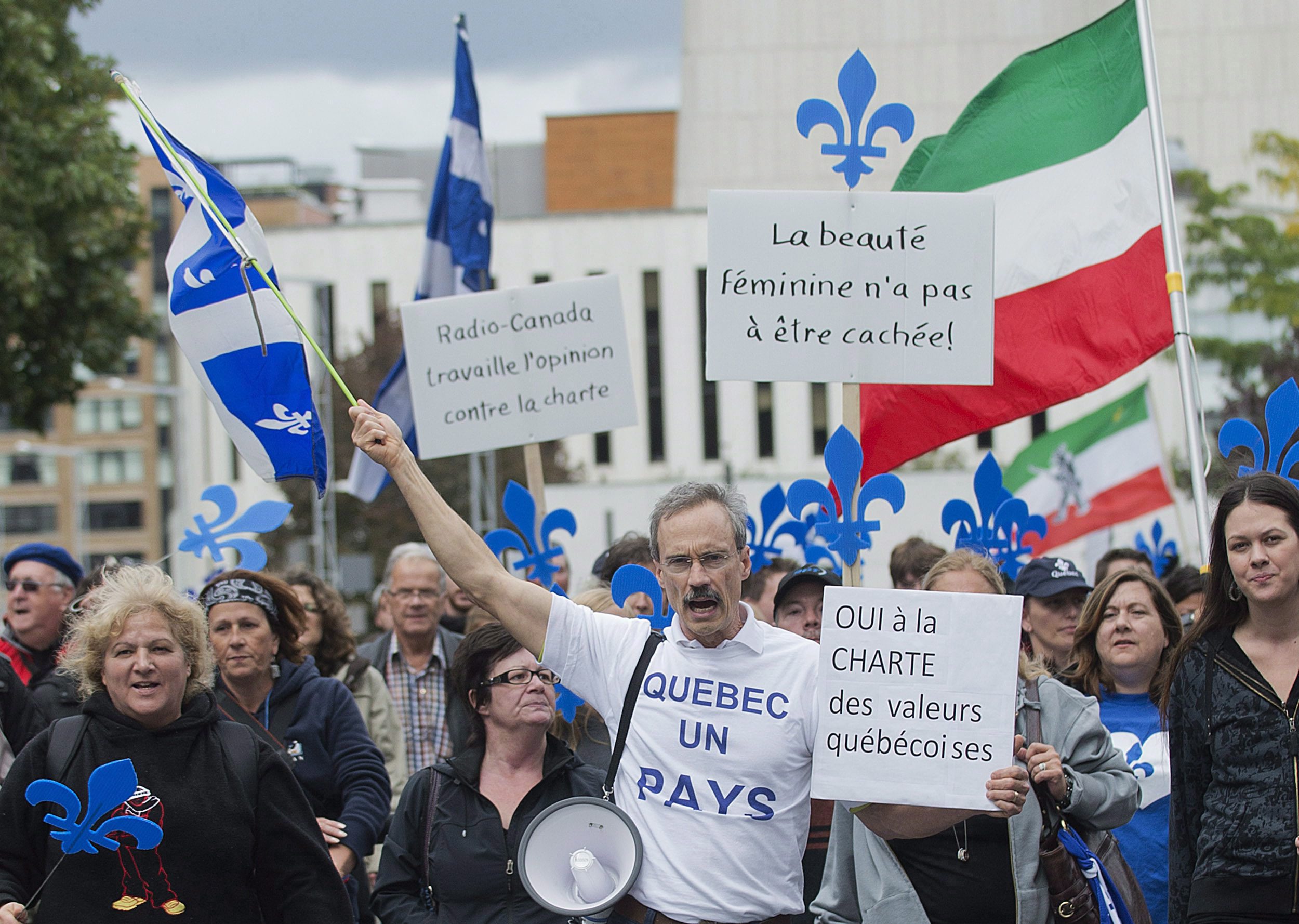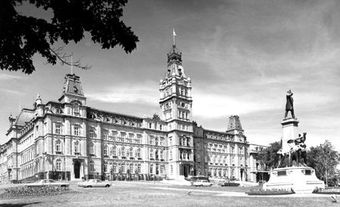Historical Forerunners: the Quiet Revolution
Although its unveiling sparked immediate outcry, the charter’s historical forerunners date from the Quiet Revolution, a period of significant political, social and economic change that promoted the modernization of Québec, economic growth for Québec francophones (le rattrapage) and the creation of a secular society. However, the services previously managed by the Church (education, health and social assistance) fell under the administration of the state.
Accommodations and the Bouchard-Taylor Commission
The secularism debate intensified after 2002 due controversy surrounding “reasonable accommodation.” Several media storms caused the Québécois to question the practice of reasonable accommodation, a notion first articulated by the Supreme Court of Canada in 1985. At that time, the court confirmed that discrimination on the basis of religion or belief is prohibited and noted that the principle of reasonable accommodation requires that all parties (employers, governments, etc.) accommodate, up to a certain point, the beliefs and practices of all Canadian citizens. For example, in 2002, a young Sikh person (see Sikhism) took his school board to court when it refused to allow him to wear a kirpan — a religious ceremonial dagger — because the carrying of knives was prohibited in schools in Québec. The Supreme Court of Canada ruled that it was a reasonable accommodation to permit the young man to wear the kirpan, “in a wooden sheath and wrapped and sewn securely in a sturdy cloth envelope.” In 2006, Hasidic Jews in Outremont successfully demanded that the windows of a YMCA sport centre be tinted (and paid for the tinting) because, according to a representative of the Hassidic community, “our religion forbids us to view women in bathing suits.” Some people, including Mario Dumont, leader of the Action démocratique du Québec, criticized these outcomes and the practice of making accommodations as being “unreasonable.”

The Values Charter: Definition and Objective
During the 2012 provincial election, Pauline Marois, leader of the Parti Québécois introduced the idea of a charter of values to respond to this unease. Finally unveiled on 10 September 2013, this charter had the objective of “pursuing the separation of state and religion” because “the government of Québec believes that this is the best way to respond to religious pluralism in a modern state, conscious of the equality of all persons.” The charter would amend the Québec Charter of Human Rights and Freedoms and make it mandatory to have one’s face uncovered when receiving or providing state services.
The most controversial element of the charter was the section on religious symbols. According to the charter, public servants and employees of daycares, public schools, general and vocational colleges (cégeps), universities, and health and social service networks, as well as persons performing judicial and adjudicative functions, would be prohibited from wearing “conspicuous religious symbols that overtly indicate a religious affiliation.” Rings, earrings and necklaces would be the only permitted religious symbols; the wearing of turbans, hijabs and kippah would be banned. The charter did, however, provide for certain exceptions: the crucifix at the Québec National Assembly, the cross on Mount Royal and the celebration of Christmas would be tolerated, because they constitute part of the Québécois cultural heritage. The right to opt-out — the right that would permit certain state institutions (municipal boroughs, health and social service agencies and teaching institutions) to withdraw from the obligations under the law — was also severely criticized. According to Gérard Bouchard, this right would create a two-tiered secularism. While some employees would be required to follow the law to the letter, others, based on a municipal vote, would be exempt from these obligations. Secularism, according to Bouchard, “should be for everyone or no one.”
Introduction of Bill 60
On 7 November 2013, Bernard Drainville officially introduced his bill (Bill 60) in the National Assembly. Bill 60 was — in general and apart from its title — almost identical to the charter presented in September. Entitled Charter Affirming the Values of State Secularism and Religious Neutrality and of Equality Between Women and Men, and Providing a Framework for Accommodation Requests, the bill reaffirmed the main objective of creating a neutral and secular society — a society that ensures “religious neutrality” and “equality between women and men.” The most controversial element of the original charter — the prohibition on the wearing by public servants of all religious objects that overtly indicate a religious affiliation — was reaffirmed. All conspicuous religious symbols, such as turbans, hijabs and kippahs, remain prohibited.
The differences between the charter unveiled in September and Bill 60 were minor. For example, the question of the crucifix in the National Assembly — the displaying of which was preserved and protected in the original bill — became the responsibility of the members of the National Assembly, who were given the power to approve its presence. As for the right to opt-out — which had been criticized for creating inconsistency and a “two-tiered” secularism — it was replaced by a “transition period.” Instead of exempting themselves from the charter’s requirements, municipal bodies and health and educational institutions would have the right to a one-year transition period, renewable for up to four more years. During this transition period the entities would be required to take measures to ensure that, at the end of the period, their employees were able to comply with the obligations in the charter.
Controversy: Opposition and Support
The unveiling of the charter caused quite a stir and divided the population of Québec. According to a survey by Léger Marketing on 16 September 2013, 43 per cent of Québécois supported the charter while 42 per cent were opposed to it. Only a few days later, another survey showed that 52 per cent of Québécois were in favour of the charter and 37 per cent opposed it.
Several demonstrations took place in Québec, including in the streets of Montréal, where more than 4,000 demonstrators appeared on 14 September 2013, to protest the charter. Chanting slogans such as “Charter of Shame” and “valeurs péquistes, valeurs racistes” (“PQ values, racist values”), the demonstrators expressed opposition to what they perceived as Islamophobia and xenophobia, and a secularism that favoured and protected the Catholic religion. The following week, charter supporters demonstrated in the streets of Montréal in favour of secularism and neutrality. According to several demonstrators, the charter was the only way to protect Québec’s values. Each side relied on the support of key entities and individuals. Those in favour of the charter were supported by the Parti Québécois, the Bloc Québécois and several politicians, intellectuals and artists such as Daniel Turp, Bernard Landry, Paul Piché, Guy Rocher and Louise Beaudoin. As for those opposing the charter, they found support in the Québec Liberal Party (PLQ), Québec solidaire as well as former Québec prime minister Jacques Parizeau and Lucien Bouchard.

Rejection of the Charter and the Religious neutrality of the State
The bill was dropped after the 2014 provincial election. The Liberal Party of Québec made opposition to the bill a central part of its platform, which resulted in the defeat of the PQ government and a majority for the PLQ at the National Assembly. Though the Bill was dropped, the values it expressed ― of religious neutrality and secular society ― made headlines again in October 2017 with the PLQ’s Bill 62. The bill bans any person wearing a piece of clothing that covers its face from giving or receiving public services.

 Share on Facebook
Share on Facebook Share on X
Share on X Share by Email
Share by Email Share on Google Classroom
Share on Google Classroom



,_2016_(30216916871).jpg)